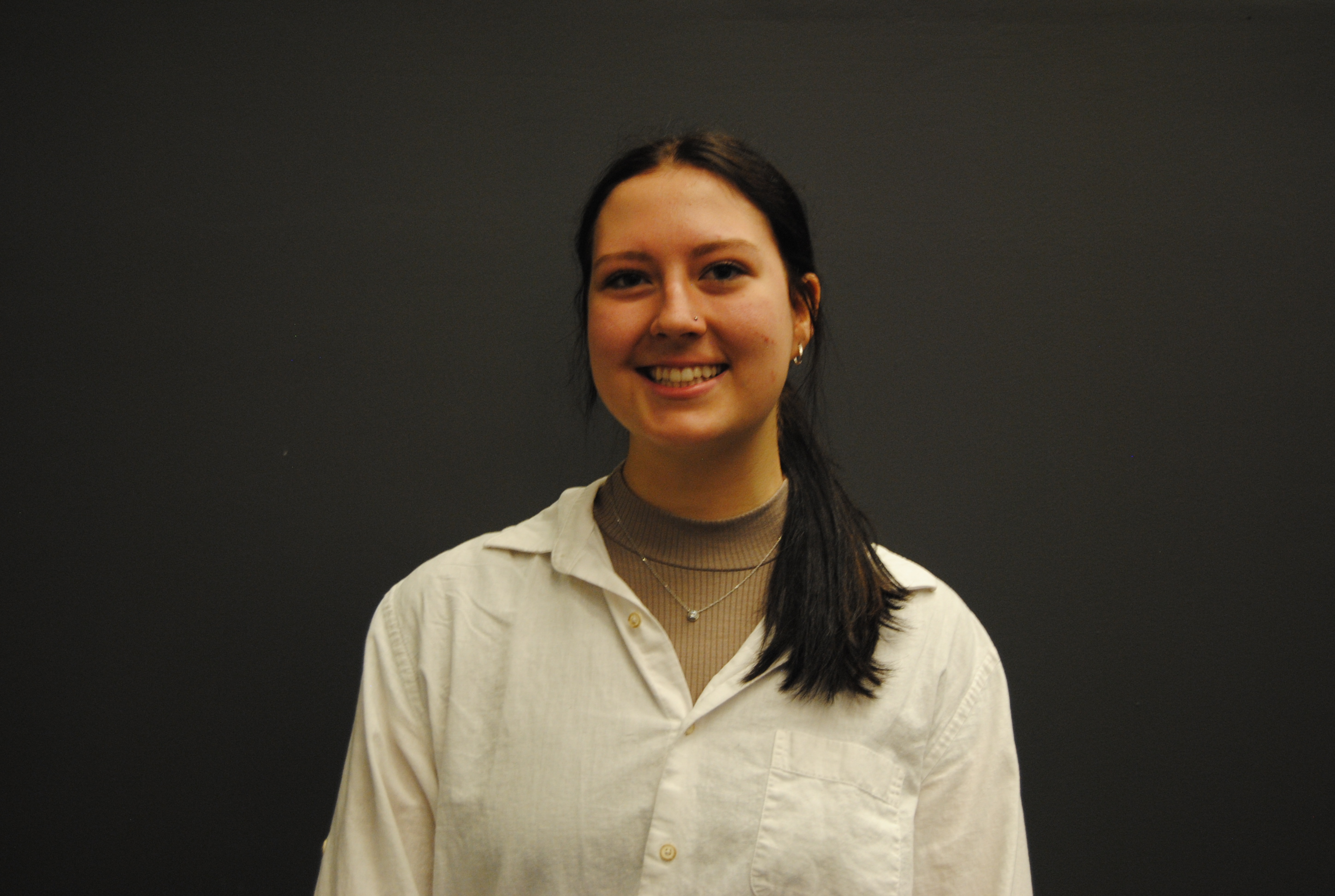Read how Elizabeth Rymarev reported this piece for the Atlanta Journal-Constitution: Everyday Heroes: Erin Faircloth and Naveen Bateman

Growing up, I was taught that food was medicine. My mother would try her best to purchase clean, organic foods for me and my brothers so we can grow up strong, healthy and happy. I value food as a way to bring people together as it offers a moment people share at the same time, but experience it completely differently.
When I came to the University of Georgia, I found it hard to source fresh, local produce on campus as a student with only a car and limited time. When I discovered on Instagram a club on campus called Farmers Market Friends that aimed to bridge the food insecurity gap while also offering students locally grown produce, I wanted to cover it and tell others about their story.
For The Atlanta-Journal Constitution, I knew this story was going to be important and many eyes were going to see it. I quite literally stalked the club’s Instagram to find out as much as I can about it. I found who the original founders were and direct-messaged them individually. Reese MacMillian and Abraham Lebos were the two I contacted first. I told them my idea for the story and how this would be featured in the AJC. They were delighted and responsive to my messages. They both told me that they have since graduated from UGA and are taking a gap year to pursue their medical school dreams.
They pointed me in the direction of Erin Faircloth and Naveen Bateman, the current co-presidents of the club. They told me they had so much faith in the club’s future because it was in Erin and Naveen’s hands, so I reached out to them. I asked if I could set up an interview at the next market they were having and they agreed.
The next week I grabbed my professor’s camera and headed to Tate Plaza, where I was fully prepared to have a photoshoot for this club. It started sprinkling, but I met Faircloth and Bateman anyways. I introduced myself and spoke with each of them for about 15 minutes about the logistics of the club, how they came to be a part of it and what their vision of the club was.
In my Reporting & Writing class, we learned the art of interviewing, and I fully dove into these interviews trying to get the best quality quotes for my article. After the interviews, I wrote the first draft of my story and struggled to find a memorable quote. I met with Professor Johnston to find ways to poke at deeper questions and how to interview not for quotes, but for the heart of the story.
With deeper questions, my own camera and a sunny day, I visited the market yet again and this time observed the market through the lens. I have also loved taking photos but was never taught how to, so the night before I studied powerpoints Professor Johnston sent to us running through the basics of profile photography. I went through The New York Times, The Washington Post and The Seattle Times’ Instagrams for photos that intrigued me and I followed the photographers. I looked up their online blogs and portfolios and studied how they shot through the lens and tried to find ways to be creative and have fun with it.
I took around 100 photos that day and ended up loving around 20.
I also reminded myself of the club’s mission: to fight food insecurity, provide fresh produce to students on campus and help families through the FarmRx program. According to “Covering poverty: What to avoid and how to get it right,” a guide featured in the Covering Poverty toolkit, when reporting on heavy topics like food insecurity, the best advice was to prioritize journalism that is “with” and “for” people, not “about” people. This meant I wasn’t just covering the club and the issues they’re tackling but rather the people, the mission and the outcome of their efforts.
After talking with Bateman and Faircloth one more time to get a deeper understanding of their passions for this club, I learned so much about their personalities and what it took to lead a club like this. What I observed was leadership and how they smiled at every person that came through or passed by. They all laughed together and the friendship between the club members spilled over into their love for the mission of the club.
I went home and added my observations and more quotes into the story. The story of a group of smiling friends, fresh produce and the families that benefit from this club was complete. I messaged them and told them their story was sent to the AJC, and they seemed excited to read it. Reese messaged me weekly asking when the story would be released because of how cool this project was, even saying if it makes the print paper version, he will hang it up on his wall.

